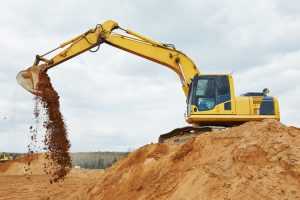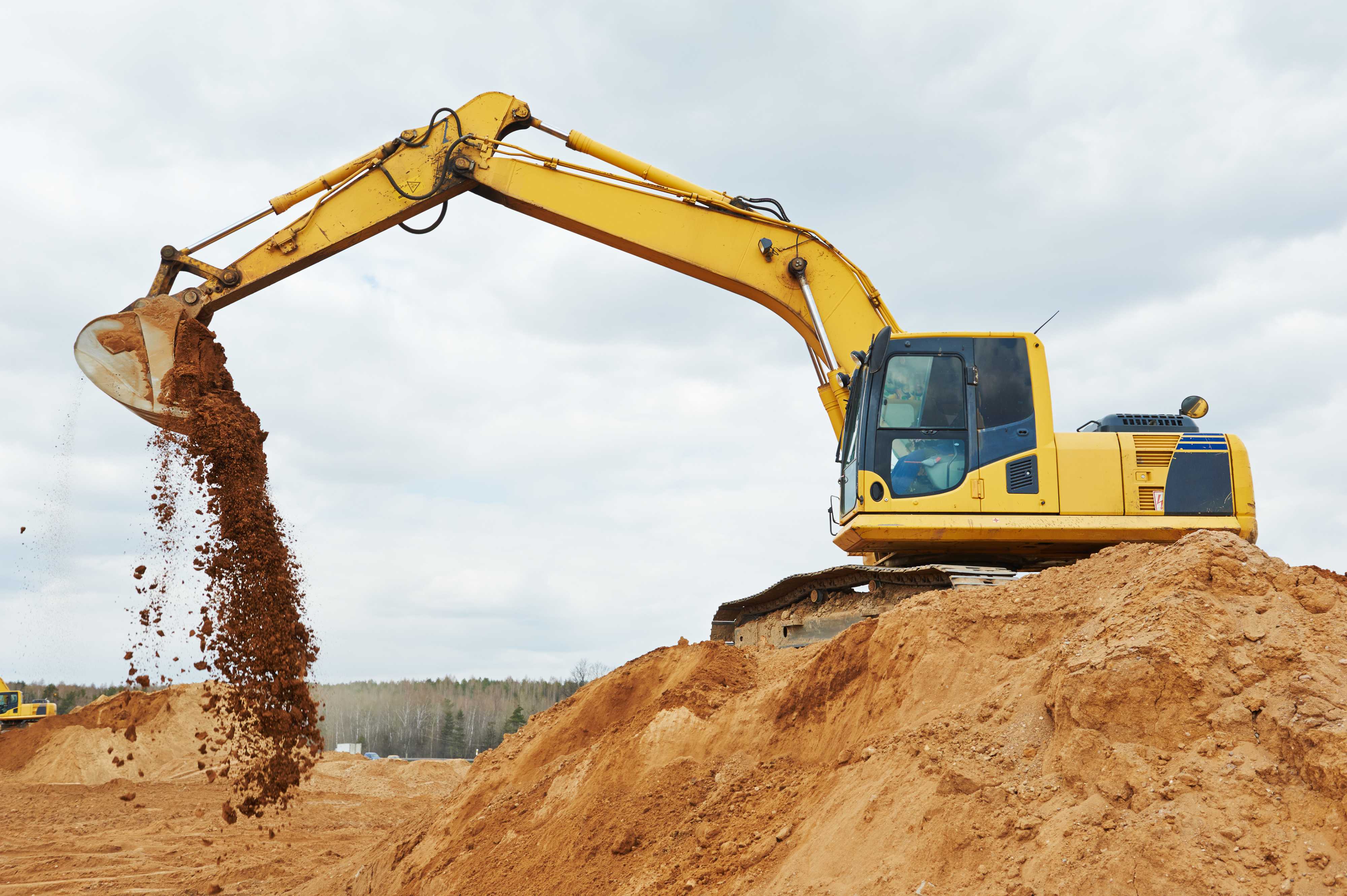 When in doubt, always aim for the middle ground. It may not seem like it, but this is actually a classic excavator advice.
When in doubt, always aim for the middle ground. It may not seem like it, but this is actually a classic excavator advice.
In the Cottage
The Goldilocks Effect is one of the most important self-preservation traits people learn — the compulsion to play it safe, which one picks up somewhere during infancy. This carries over and influences every decision people would make throughout their lives. Yes, even when it comes to excavation equipment.
According to professionals from hiredirect.co.nz, choosing between 2- to 24-ton excavators can get tricky, especially if a renter is unsure of both the project’s full scope and each excavator type’s full capabilities. Should people just Goldilocks their way out of this conundrum then?
They should just know that in this case, the middle ground between 2 and 24 is 3-4.
Out the Window
Simply put, 3- to 4-ton excavators go where bigger machines do not fit, digging and lifting what smaller units cannot. Zack Radermacher of Yanmar Manufacturing cites transportability, manoeuvrability and fuel efficiency as the primary reasons 3- to 4-ton excavators work so well for so many.
Jennifer Hooper of Caterpillar adds the ability of compact excavators to eliminate the need for hand tools as another big selling point. ‘An excavator with a hydraulic hammer replaces an operator with a jackhammer’, Hooper says, ‘and the compact size of these machines allows them to get into back yards and congested locations to perform tasks in a couple of hours that once required several days of hand shovelling’.
The benefits of the 3- to 4-ton class extend beyond the operational capacity, however. Due to its balance of weight and power, excavators of this type are more fuel efficient, operating with minimal disturbance to finished surfaces and boasting longer track service lives.
But, Radermacher reminds those planning to purchase or rent units to never skip the research and consultation phase before settling on one machine. ’Size should be related to the job the customer needs to accomplish’, he says, ‘the customer must balance the time it takes to complete a job with the cost of the machine, savings in fuel cost, efficiency and productivity’.


